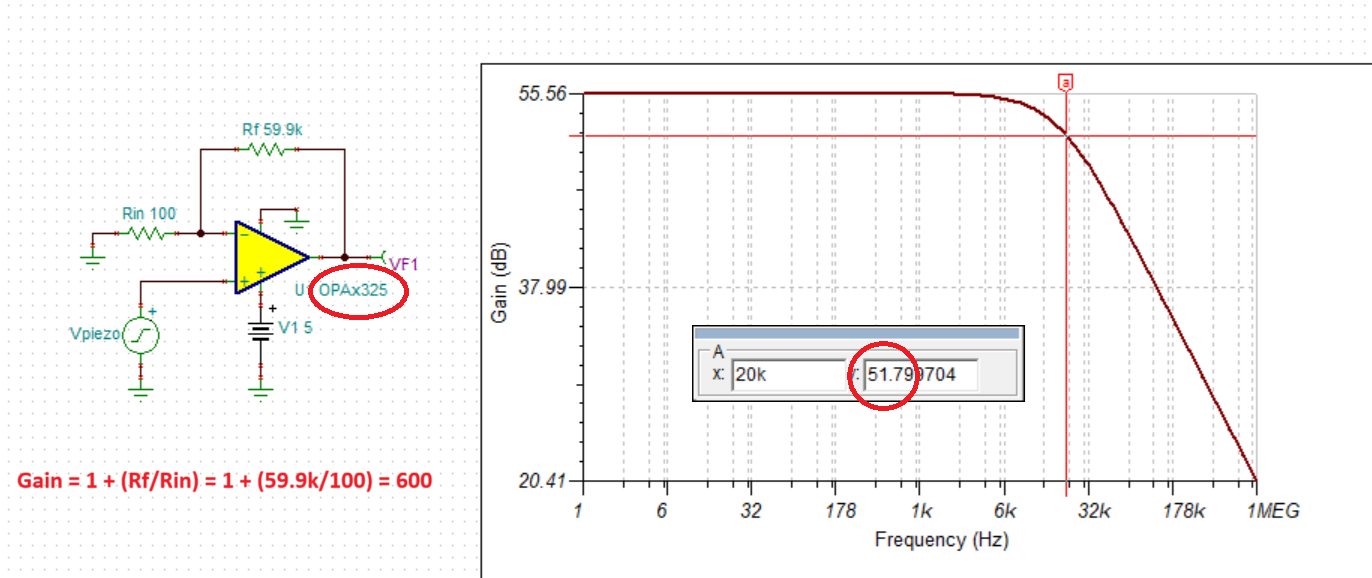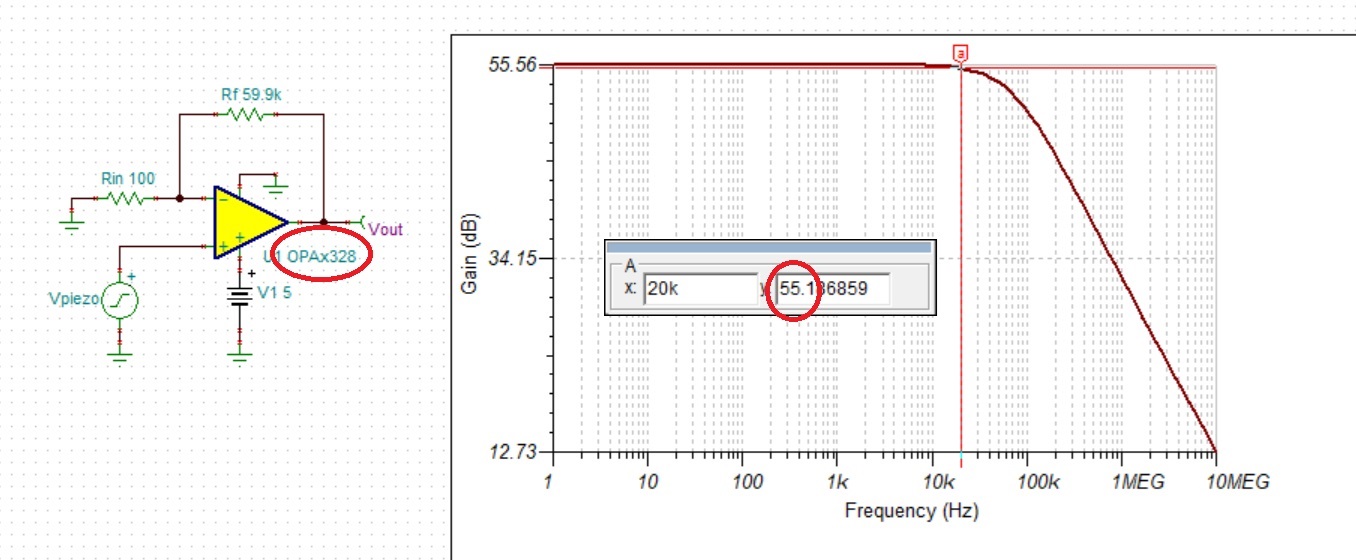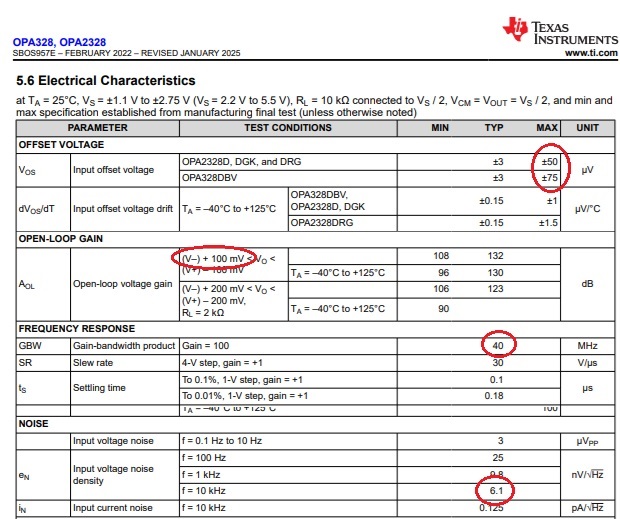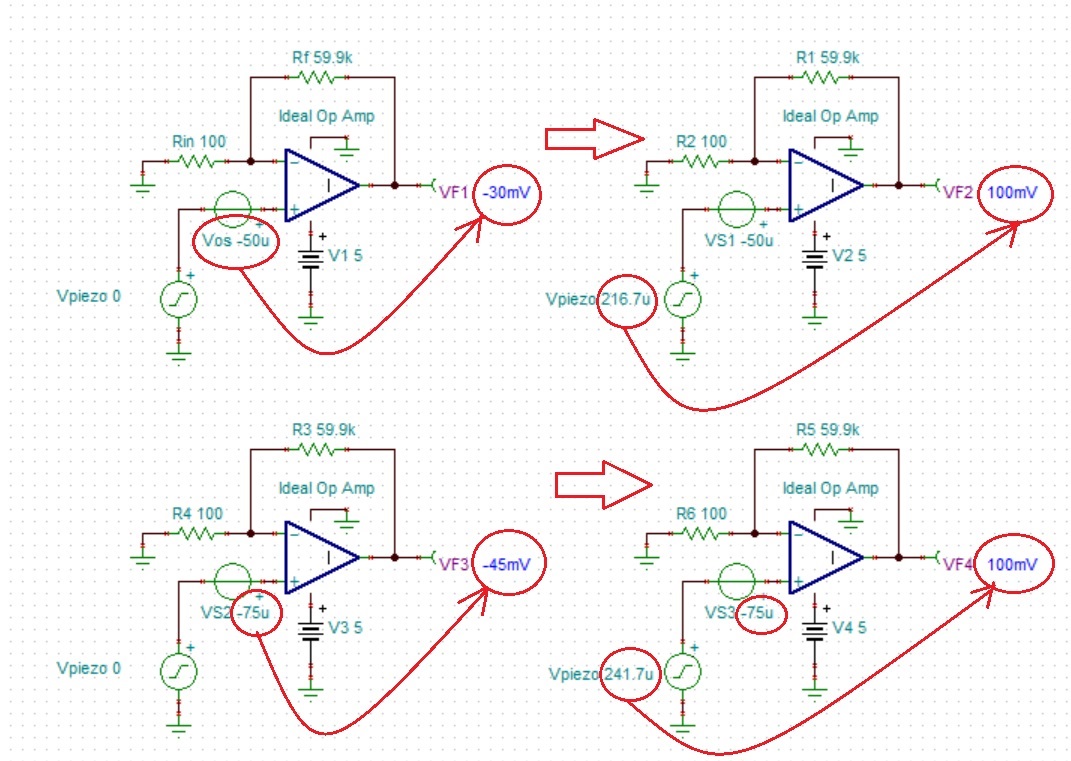Other Parts Discussed in Thread: OPA328, LM7705
Tool/software:
Hello, I would like to increase the signal from a piezoelectric element by 600 times. The frequency range I am focusing on is between 0 and 20 kHz. I want the preamplifier circuit that I will connect to the piezo to have as little noise as possible. I have a few questions regarding the types of resistors I should use to achieve this. Which type of resistor will minimize noise in the system? In some applications, I’ve seen MELF resistors being used. While browsing forums, I also came across information that SUSUMU's RS series is often used in audio applications. I’ve read that wire-wound resistors produce less noise but their coil structure can create an inductive effect that might be detrimental. What path would you recommend in this case? Do you have a specific resistor type you would suggest? Considering the space limitations on the PCB, using SMD components would be ideal for me.





